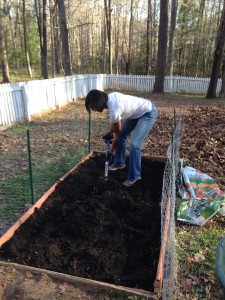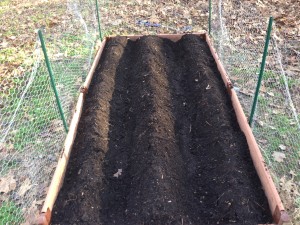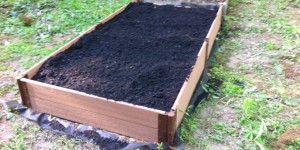I’m already far ahead of where I was at this time last year. I didn’t even plant anything until late May/early June, which was a big mistake. I was determined this year would be different. I started thinking about what I wanted to grow in late February, picked up materials in late March and planted in early April.
In the south, the last frost is around mid-April. If you plant before then, you run the risk of having your garden affected by frigid nights. I was willing to take the risk because I’m courageous that way. And I knew that if we did have a frost, I could throw a sheet over the plants to protect them.
So off to my local gardening center to pick up soil, compost, fertilizer and seeds. The staff was extremely helpful in picking out materials based on our needs. We ended up leaving with two bags of mushroom compost, two bags of rich vegetable garden soil, four tomato plants and cucumber, pepper and lettuce seeds.
Once I got to the garden, I had to combine the new with the old. I added a top layer of soil and compost and then had to mix everything together. I don’t have any fancy gardening tools so everything was done with a shovel and lots of manual labor. Doing the work ended up being very relaxing.
Once that was done, I finishing readying the garden by forming rows for the seeds and plants. I thought that was the correct strategy until I read online that for smaller gardens, you should plant in square zones that you can reach from either side of the garden. Planting in rows wastes space and should be used for very large gardens. The space between rows for walking on can compact the soil and impact plant roots. Oh well. This seemed to work okay for me last year so we’ll see what happens this year.
Check out the final results.



